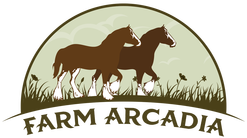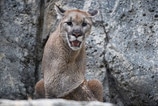 We were in a sort of limbo during the spring of 2016. I had acquired four Oberhasli goat does and twelve East Friesian ewe sheep who all had little ones at their sides. With the addition of a few more later, these were our foundation animals from which we would breed and grow our herd to our desired production levels. We were in limbo because we weren't living on the farm (no house yet) or selling any milk yet. We knew each animal well and, while they were livestock, they were partially pets, too. When I went out to check on my girls and their babes, my concern grew as I couldn't find one of the 10-week old doeling goats. When Tess and Liam found a small piece of her leg, I knew we had a predator. We had them before when homesteading, but not so far in Idaho.
I looked around more and found very little destruction. Canine predators such as coyotes and wolves tend to be very destructive and would likely harm many animals. The excitement of fleeing victims gets the best of them and they usually make a big mess. The fencing was completely intact, so I ruled out a bear, who is also very messy. The hunter slipped in and out very carefully without leaving tracks. This lead me to think it was a cat. I had my doubts that a bobcat could jump the height of our fence with a 40-pound kid in her mouth, but a mountain lion sure could. All the clues pointed to a mountain lion. Our experience from Oregon told us that the bobcat we had stealing our chickens returned once or twice a week and took only what she needed. She ate away from the other animals so there weren't even feathers left behind. I feared the lion might have discovered a gold mine of easy meals and keep returning until she had wiped them out. My initial reaction was to spend the night with them with a gun, but surely there was a less crazy more civilized option. My intention has always been to get livestock guardians of one sort or another. Llamas are an option often used with sheep, but I don't want llamas. Donkeys have a lot of appeal to me, but I sort of felt that in the face of a pack of wolves or coyotes, I wanted the sharp teeth and aggressiveness of a predator on my side. That led me to livestock guardian dogs often referred to as LGDs, but we call them "guardians." After having had trespassers in rural Oregon, I wanted a breed that didn't welcome strangers to the farm. I didn't care if they barked, especially if it meant the noise warned off predators so no animals needed to actually get hurt. There are a lot of good breeds out there. Great Pyrenees and Anatolian shepherds are two popular types in our area, but I wanted Turkish Akbash. I had been watching the local listing for almost a year and had only seen one adult crossed with a non-guardian listed for sale. Because of the mountain lion, I expanded my search with luck. A sheep rancher in Montana had two five-month old Akbash-Pyrenees crosses for sale. I drove from early one morning until early the next to bring them back home. They were big for puppies, but no match for a mountain lion. She could chew them up and spit them out, but they barked like they were big stuff. One of the two immediately warmed up to us, but the other took almost a week. During that time as I trained them, I could almost immediately recognize that they don't think like most dogs. They were difficult to train. While the other dogs I've owned and trained learn a command and obey, these two understood the command and decided each time if they wanted to obey. My word was not supreme. They were independent. But, I digress. These two white pups were the answer to the mountain lion and all other predators in our area. Crows and birds of prey can be a problem for lambs, but the guardians keep them all away. I don't know that I see llamas or donkeys chasing birds away - maybe they do, but I would highly recommend LGDs as a good choice of guardians if your situation is similar. That said, do your homework first. Having owned a dog before will not prepare you for their nuances. They behave differently and cannot just be turned out with livestock without some training. I recommend a book in our resources section if you're considering getting one. Whether or not they are right for everyone, they have been the perfect solution for us - we have not lost a goat, sheep, or cow to predators since they joined our farm!
0 Comments
Your comment will be posted after it is approved.
Leave a Reply. |
Mindy HelmsWife to Brandon, mother to Tess and Liam, farmer, entrepreneur, cook & baker, nurse, and accountant who loves to try new things, travel, and work toward greater self-reliance. Archives
May 2024
Categories
All
|
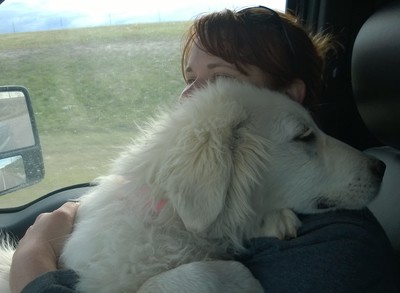
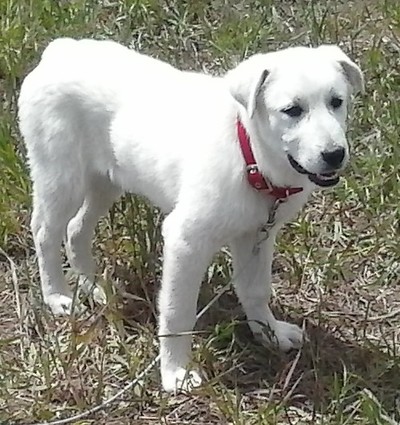
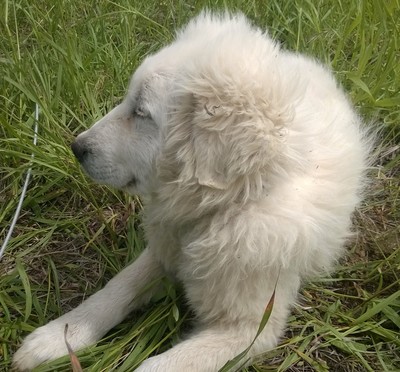
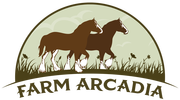
 RSS Feed
RSS Feed
